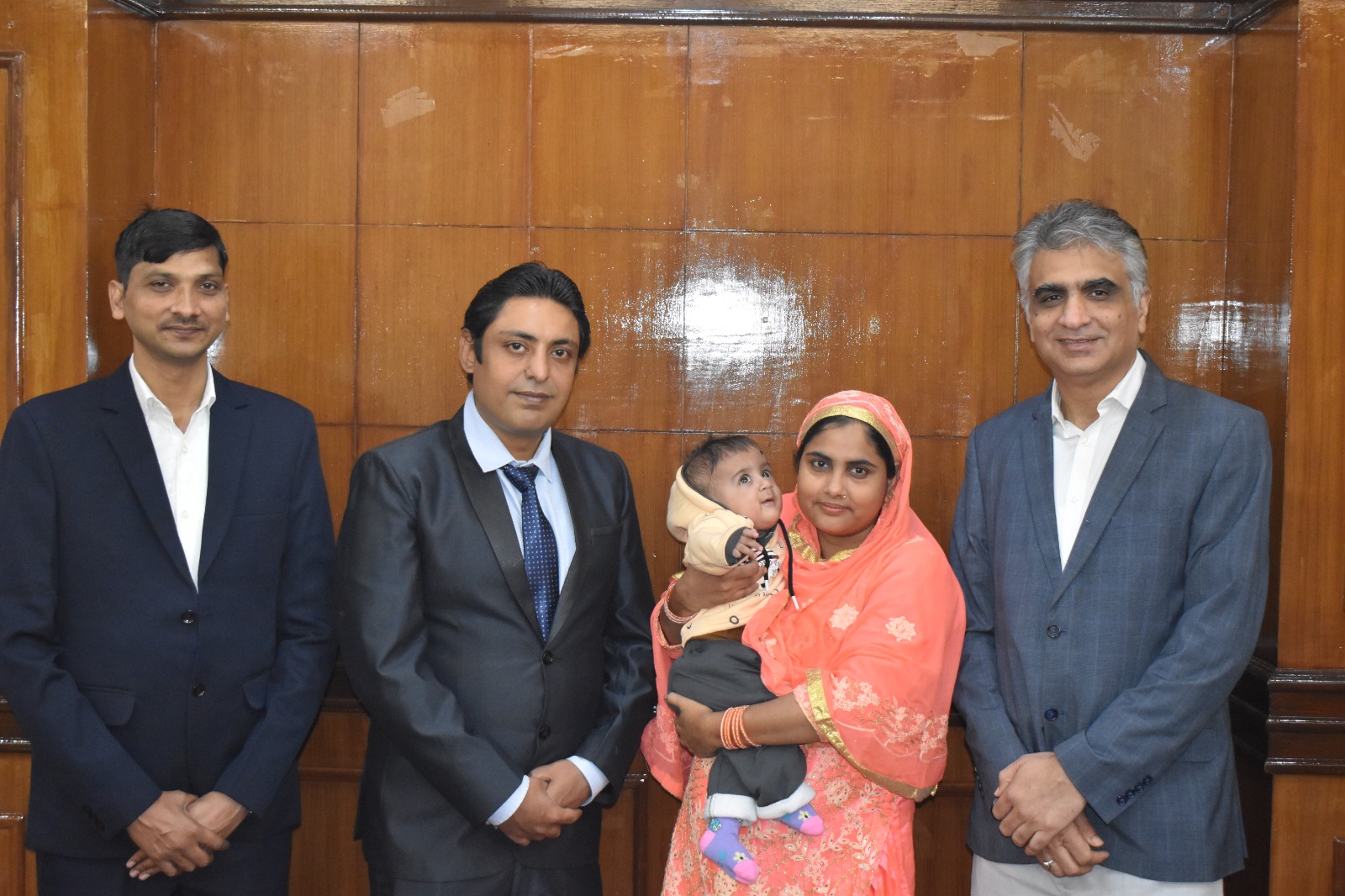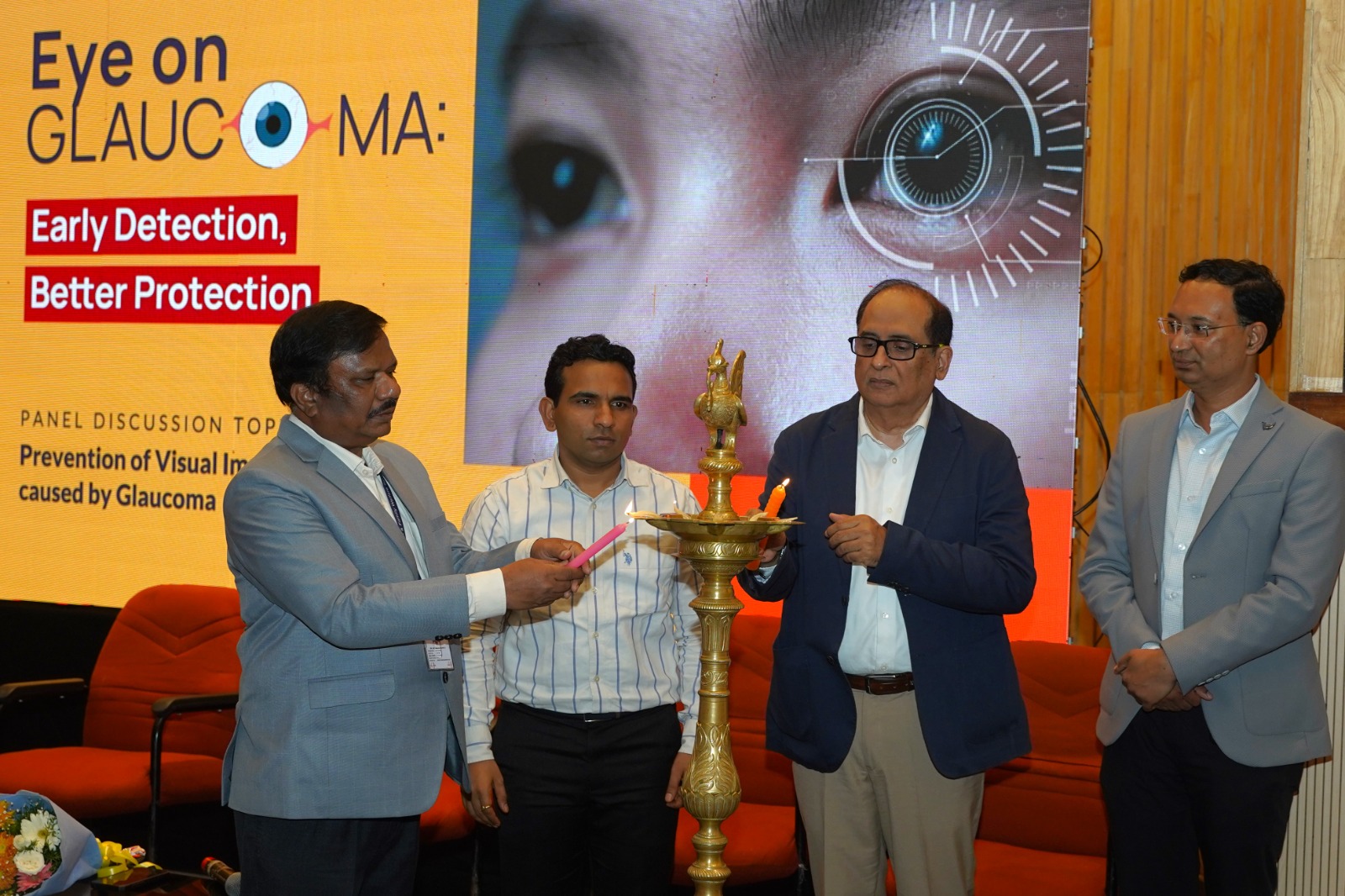In workplaces across the globe, there's an ongoing struggle between employees and employers when it comes to defining job roles and responsibilities. Employees sometimes feel hesitant to take on tasks they consider as outside their job descriptions, while employers often believe in a more flexible approach. This disparity can lead to misunderstandings and affect workplace dynamics. Let's dive into both perspectives to gain a better understanding.
The Employee's Perspective
1. Fear of Overburden: Employees may be concerned that once they start doing tasks beyond their initial job description, they'll be expected to take on anything and everything. This can lead to feelings of being overworked and stressed.
2. Unfairness: Employees might view it as unfair that they're asked to perform tasks that fall outside their primary role while others aren't held to the same standard. This can lead to resentment and demotivation.
3. Lack of Recognition: Employees may feel that their efforts to take on additional tasks often go unnoticed or unrewarded, which can be demoralizing.
4. Time Constraints: Employees may worry that assisting with tasks outside their core responsibilities will consume valuable time that could be spent on their primary duties, potentially affecting their performance.
5. Clearer Role Boundaries: Staying within the defined job role can sometimes help employees maintain clarity about their responsibilities. It can lead to a sense of security and focus on their core tasks.
6. Specialization: Staying within their defined roles allows employees to specialize and excel in their areas of expertise, contributing to higher-quality work.
7. Work-Life Balance: Focusing on their primary responsibilities can help employees maintain a healthier work-life balance by preventing them from becoming overwhelmed with extra tasks.
From the Employer's Perspective
Employers often encourage teamwork and camaraderie by promoting mutual support among employees. They might view those who decline additional tasks as resistant to change. Additionally, they see using existing staff for various tasks as an efficient resource management approach, especially in smaller organizations with limited budgets and personnel.
To navigate this challenge effectively, employers should consider the following points:
1. Clear Job Roles: Maintaining well-defined job roles reduces confusion about responsibilities within the organization. This clarity enhances the allocation of tasks and accountability.
2. Preventing Overload: When employees aren't consistently expected to take on tasks beyond their job descriptions, it helps prevent them from feeling overwhelmed or burnt out.
3. Optimal Task Assignment: In certain situations, employees adhering strictly to their designated roles ensures that tasks are handled by individuals with the most relevant skills and expertise.
The Dilemma of Helping Colleagues: When an employee starts helping others with tasks outside their job, it can sometimes create an expectation that they will continue to do so. This not only affects the individual's well-being but also sets a precedent that can be challenging to maintain.
Moreover, if a boss fails to address employees who avoid their primary responsibilities and expects the one who helps others to cover the work, it can create demotivation and frustration. Employees who once willingly extended a helping hand may become hesitant to assist colleagues due to this imbalance.
Finding Common Ground: To resolve this issue, it's essential to strike a balance between the perspectives of employees and employers
1. Clear Communication: Employers should communicate expectations clearly, explaining when and why assistance might be required for tasks outside the job description.
2. Flexibility and Recognition: Employers should recognize and appreciate employees who go the extra mile to help colleagues but should not take their assistance for granted.
3. Team Collaboration: Encourage a culture of teamwork and mutual support where employees and employers willingly assist each other, creating a collaborative work environment.
The divide between employees and employers regarding job responsibilities is a common workplace challenge. By adopting open communication, flexibility, and mutual respect, we can bridge this gap, creating a work environment where everyone feels valued and motivated to contribute positively. Balancing roles and expectations benefits both employees and employers, ultimately leading to a more productive workplace

 Balancing roles and expectations benefits both employees and employers, ultimately leading to a more productive workplace.
Balancing roles and expectations benefits both employees and employers, ultimately leading to a more productive workplace.










.jpeg)








.png)
.png)

.png)
.png)
.png)

.png)
.png)
.png)

.png)
.png)